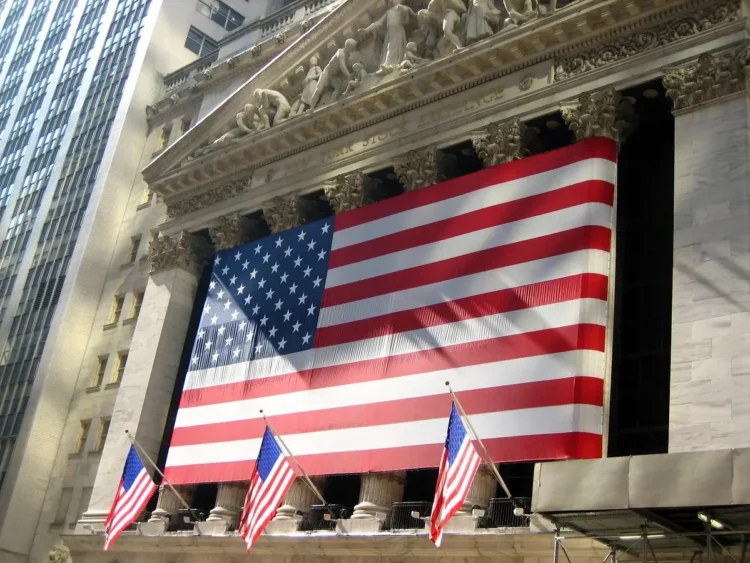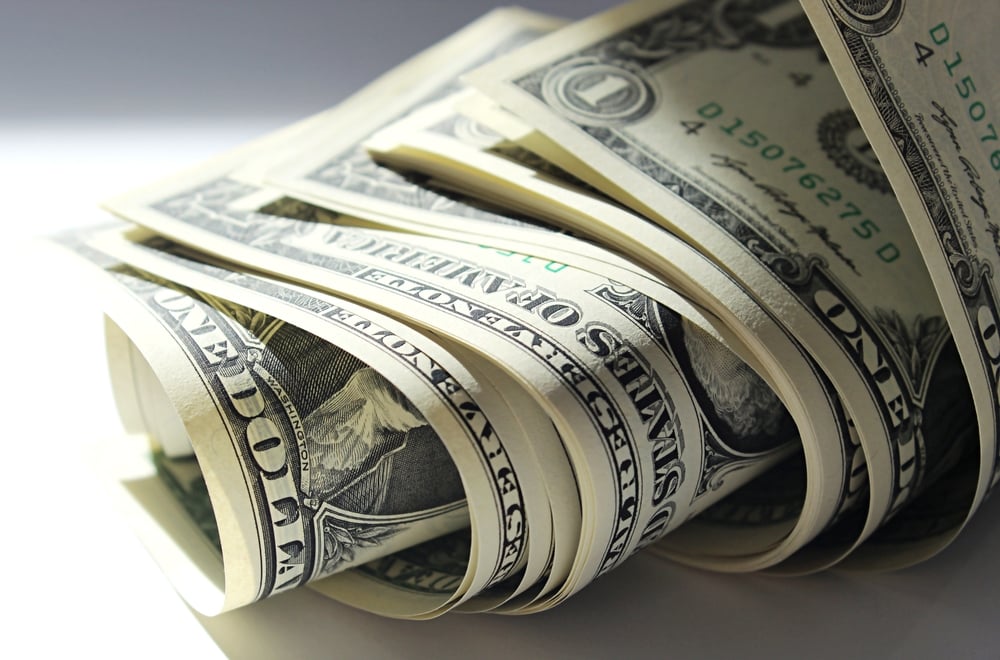Publisher: Maaal International Media Company
License: 465734
US economic growth in the second quarter is uncertain as data is hazy
US economic growth likely rebounded in the second quarter as imports eased, but expectations of a moderate increase in consumer spending and a halt in business investment in equipment would significantly overstate the strength of the economy.
Economists said President Donald Trump’s protectionist trade policy, including across-the-board tariffs on imports and a delay in the imposition of higher tariffs, made it difficult to get a clear picture of the economy’s performance.
According to Reuters, experts urged a focus on final sales to private domestic buyers, which economists and policymakers alike view as a measure of underlying US economic growth, which is expected to have slowed from the moderate pace of growth in the first quarter.
اقرأ المزيد
“For the second quarter in a row, the headline GDP numbers will not provide an accurate view of the underlying picture,” said Stephen Stanley, chief US economist at Santander UK Capital Markets. “The ripple effects from the Trump administration’s unpredictable tariff strategy have spread widely across the economy. The primary effect was to create a sense of caution among businesses.
A Reuters poll of economists forecast that GDP would likely rise at a 2.4% annual rate in the second quarter after a 0.5% decline in the first quarter. The size of the economy is also expected to exceed $30 trillion for the first time ever before taking inflation into account.
However, the poll was completed before data released Tuesday showed the goods trade deficit narrowing to a nearly two-year low in June and inventories rising marginally.
This prompted economists to raise their GDP growth estimates by as much as 0.8 percentage points to a pace of 3.3%.
Economists had forecast the economy expanding by less than 1.5% in the first half of the year. Economists expect a lackluster second half, limiting growth to around 1.5% or even less for the full year, a sharp slowdown compared to 2.8% in 2024. Ryan Sweet, chief economist at Oxford Economics, said: “The economy will not be able to close the gap compared to what we saw last year in terms of GDP growth, because tariffs… will start to show up in inflation figures and hurt real disposable income, so consumers will not spend as aggressively as they did in the past.”








